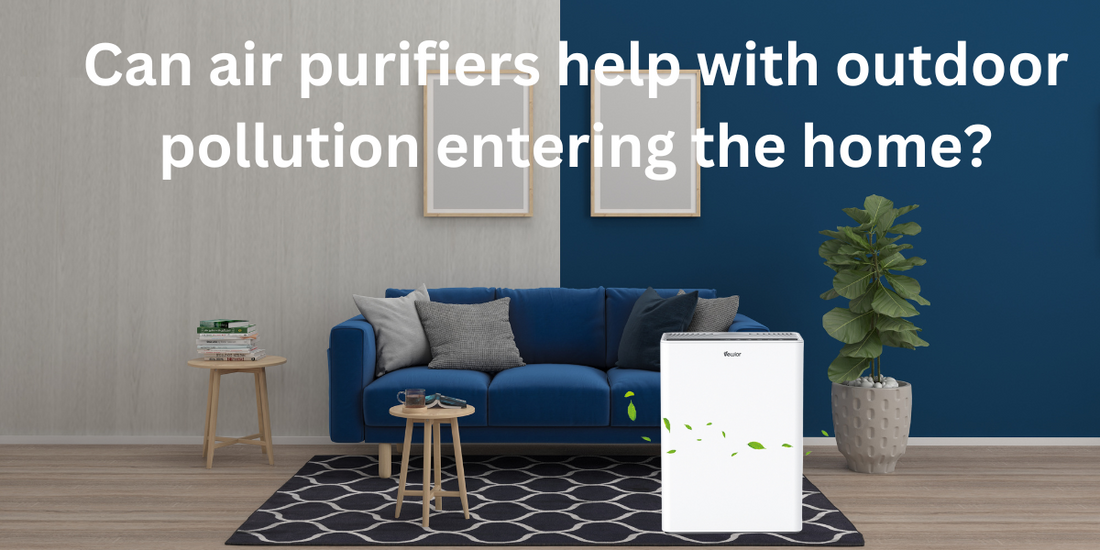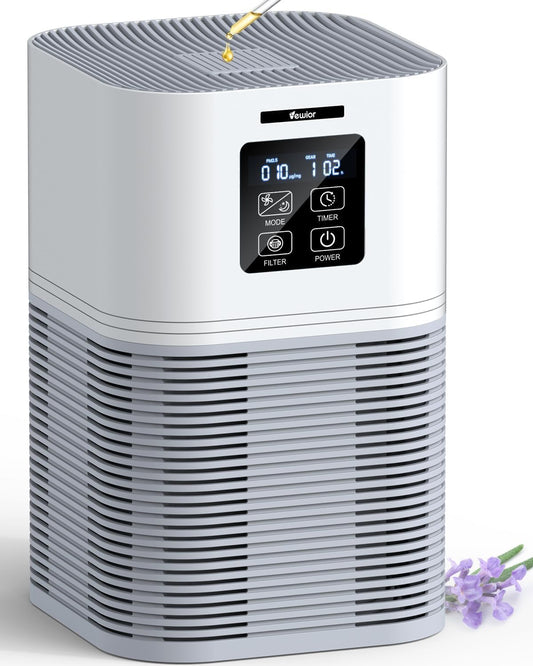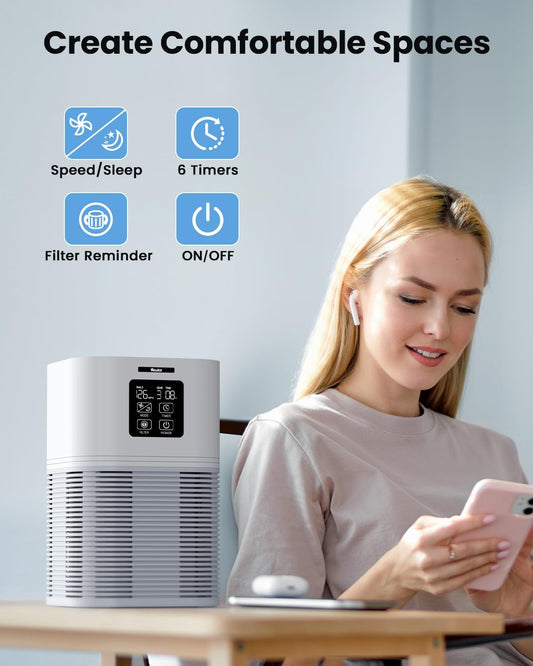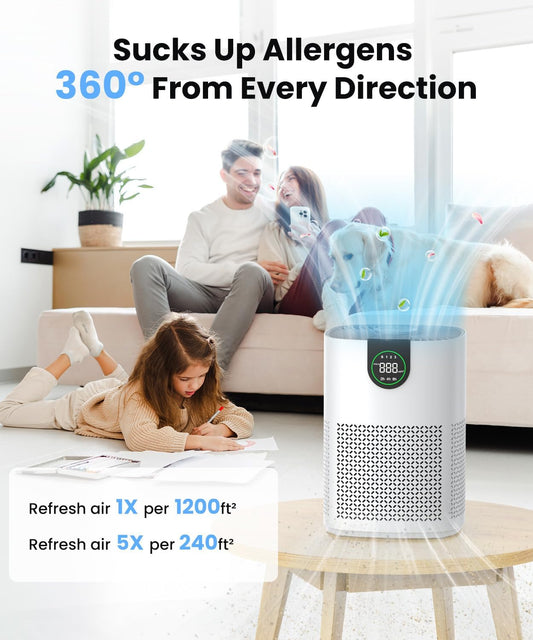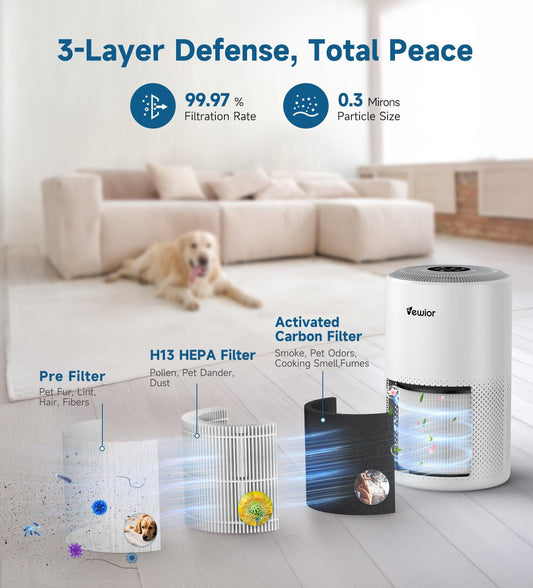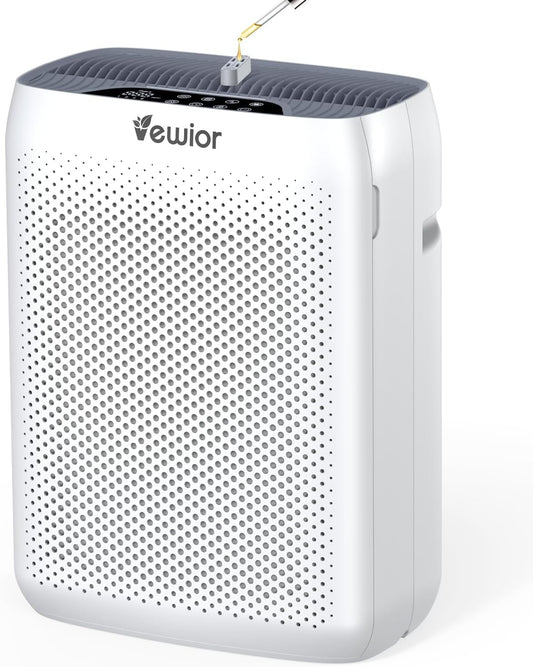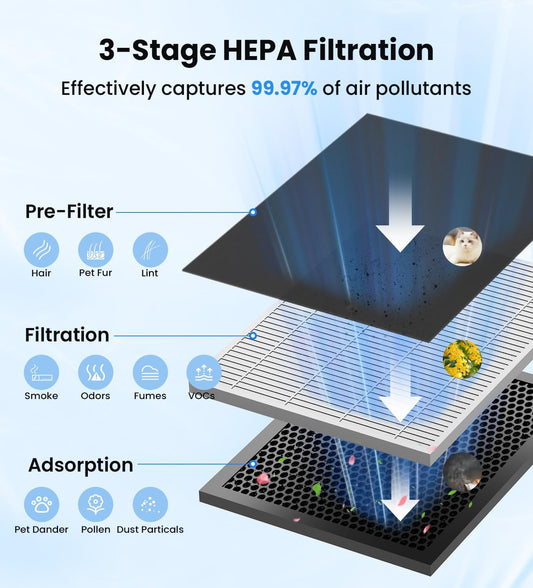Outdoor pollution is a growing concern, and its impact on indoor air quality should not be underestimated. As we strive to create clean and healthy living environments, the question arises: Can air purifiers help with outdoor pollution entering the home? In this evaluation article, we will explore the effectiveness of air purifiers in mitigating the effects of outdoor pollution indoors. By understanding the mechanisms of air purifiers and their ability to filter airborne pollutants, we can make informed decisions about incorporating them into our homes.
Understanding Outdoor Pollution
Before delving into the role of air purifiers, it is important to understand the nature of outdoor pollution. Outdoor pollution consists of a variety of harmful substances, including fine particulate matter (PM2.5), vehicle emissions, industrial pollutants, pollen, and other allergens. These pollutants can infiltrate indoor spaces through open windows, doors, ventilation systems, and cracks in the building envelope, compromising indoor air quality and potentially impacting our health.
The Role of Air Purifiers in Mitigating Outdoor Pollution
Air purifiers are designed to filter and clean the air, removing various airborne pollutants, including those originating from outdoor sources. They work by drawing in air through a series of filters that capture and trap particles, allergens, and pollutants, thereby improving indoor air quality. While air purifiers cannot eliminate outdoor pollution entirely, they can significantly reduce the concentration of pollutants that enter the home.
HEPA Filters and Filtration Efficiency
High-Efficiency Particulate Air (HEPA) filters are a key component of air purifiers. These filters are highly effective in capturing microscopic particles, including PM2.5, pollen, dust mites, and pet dander. HEPA filters have a minimum efficiency of 99.97% for particles as small as 0.3 microns. By using air purifiers with HEPA filters, you can reduce the levels of outdoor pollutants that infiltrate your home, providing cleaner and healthier indoor air.
Activated Carbon Filters for Odor and Gas Removal
In addition to HEPA filters, many air purifiers feature activated carbon filters. These filters are designed to adsorb and neutralize gases, odors, and volatile organic compounds (VOCs) that can originate from outdoor pollution sources. Activated carbon filters can effectively eliminate unpleasant smells, such as those caused by vehicle emissions, industrial pollution, or nearby construction sites, improving the overall indoor air quality.
Advanced Filtration Systems and Additional Technologies
Some air purifiers go beyond HEPA and activated carbon filters by incorporating advanced filtration systems and additional technologies. These may include pre-filters to capture larger particles, electrostatic precipitators to charge and collect particles, ultraviolet (UV) germicidal irradiation to neutralize viruses and bacteria, or photocatalytic oxidation (PCO) to break down harmful pollutants. Air purifiers with these advanced features can provide enhanced protection against outdoor pollutants.
Proper Ventilation and Indoor Air Quality Management
While air purifiers can significantly reduce the impact of outdoor pollution, it is important to consider overall indoor air quality management. Proper ventilation, regular maintenance of HVAC systems, and minimizing indoor pollution sources such as smoking or using toxic cleaning products are also essential. Combining air purifiers with these practices can create a comprehensive strategy for improving indoor air quality.
Limitations and Considerations
It is important to note that air purifiers have their limitations. While they can effectively filter and remove airborne pollutants, they may not address all sources of indoor pollution. Additionally, the effectiveness of an air purifier in mitigating outdoor pollution depends on factors such as the proximity of pollution sources, the level of outdoor pollution exposure, and the quality and efficiency of the air purifier itself. It's crucial to choose an air purifier that matches the specific needs of your home and the level of outdoor pollution in your area.
Furthermore, air purifiers are most effective when used in conjunction with other preventive measures, such as closing windows and doors during peak pollution hours, using air filters on vents, and regularly cleaning and dusting your home to reduce the buildup of indoor pollutants.
Conclusion
While air purifiers cannot completely eliminate outdoor pollution from entering your home, they are valuable tools in reducing the concentration of pollutants and improving indoor air quality. By utilizing air purifiers with HEPA filters and activated carbon filters, you can effectively capture and remove particles, allergens, and odors associated with outdoor pollution. Invest in an air purifier as part of your comprehensive approach to indoor air quality, and take control of the air you breathe, even when facing the challenges of outdoor pollution.

